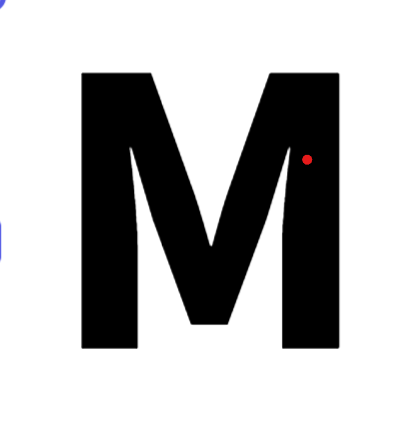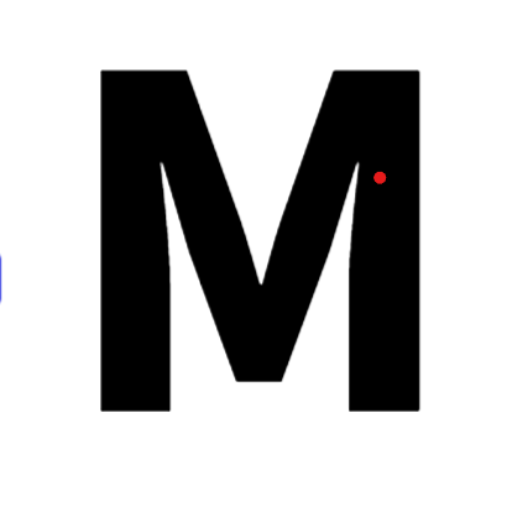- 201 Spear Street Suite 1100 San Francisco CA United States 94105
- +1 8582055497
- support@accordev.com
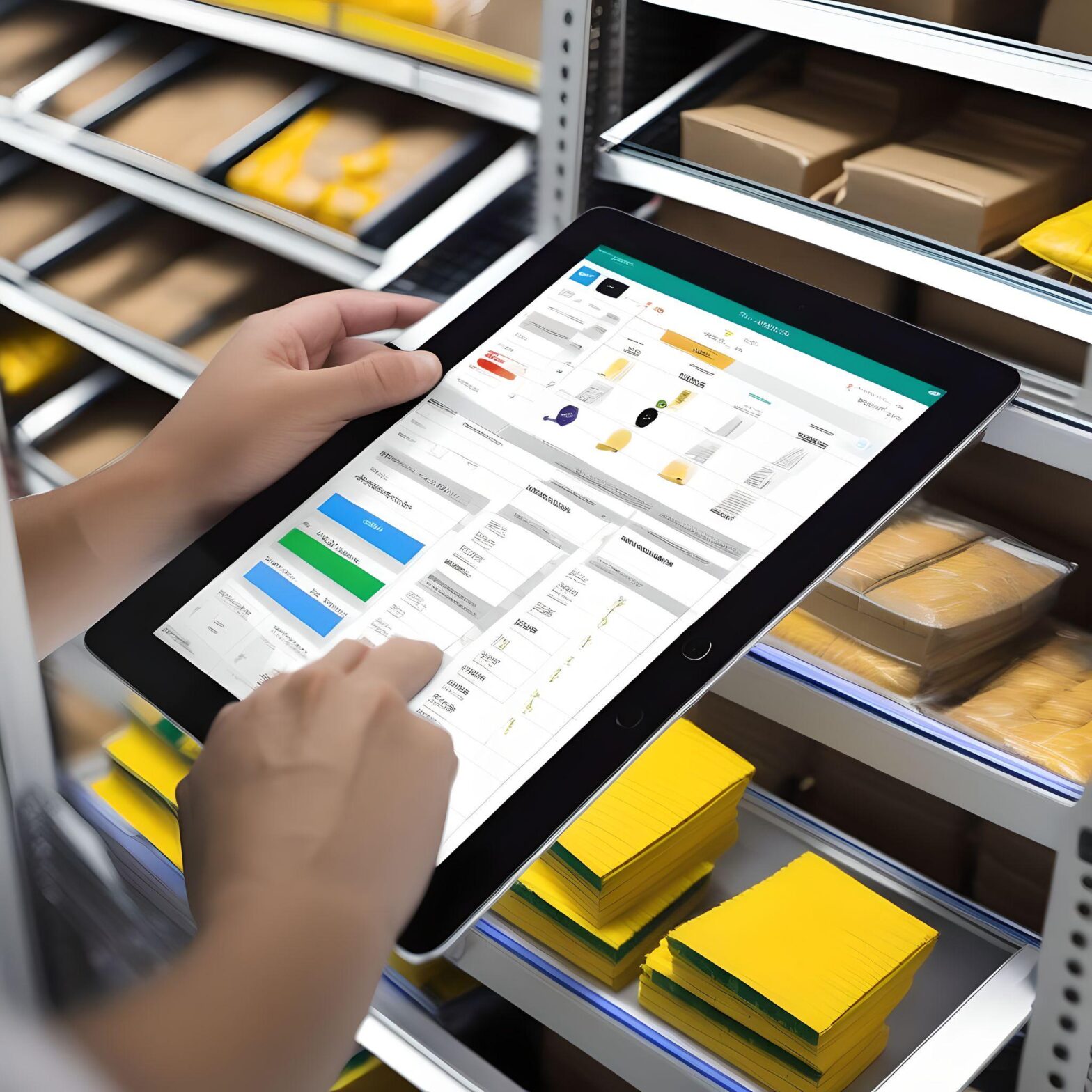
Improving Inventory Management: Get to ExploreTypes and Significance of Inventory Control Systems
In the incredibly intricate domain of inventory and supply chain management, accuracy along with efficiency reign above all else. Having inventory control system as the backbone of these industries, these systems are the peak of sophisticated frameworks engineered to refine operations and improve precision.
Let us discover the types and differences of the inventory control systems, their differences and their impact regarding the scale of the business and the impact on the modern business operations.

Types of Inventory Control Systems:
Inventory control systems can be categorized into two types: perpetual and periodic.
.A: Perpetual systems: the framework is basically aiming to maintain real-time inventory data through continuous monitoring and editing, and often making use of technologies like barcode scanning and RFID tagging.
.B:Periodic systems: which involve intermittent physical counts of inventory to update records and that itself is more manual, offering a less automated approach to inventory management.

Contradictions and Relevance:
The main distinction between perpetual and periodic systems is their levels of automation and requirement of human involvement in real time, accuracy, and cost-effectiveness. Perpetual systems excel in providing immediate insights into inventory levels which will be a more accurate choice for daily operations and bigger scale business, minimizing errors, and facilitating efficient order management.
On the other hand, periodic systems may suit businesses with simpler inventory needs or tighter budgets as they will take the involvement on weekly or biweekly, albeit with potential difference and increased manual intervention.
Inventory control systems vastly contribute to the inventory and supply chain industries, as they offer precision, would lessen overstock and stockout cases, make data-driven decisions a lot easier and improve orders and operations fulfillment process.
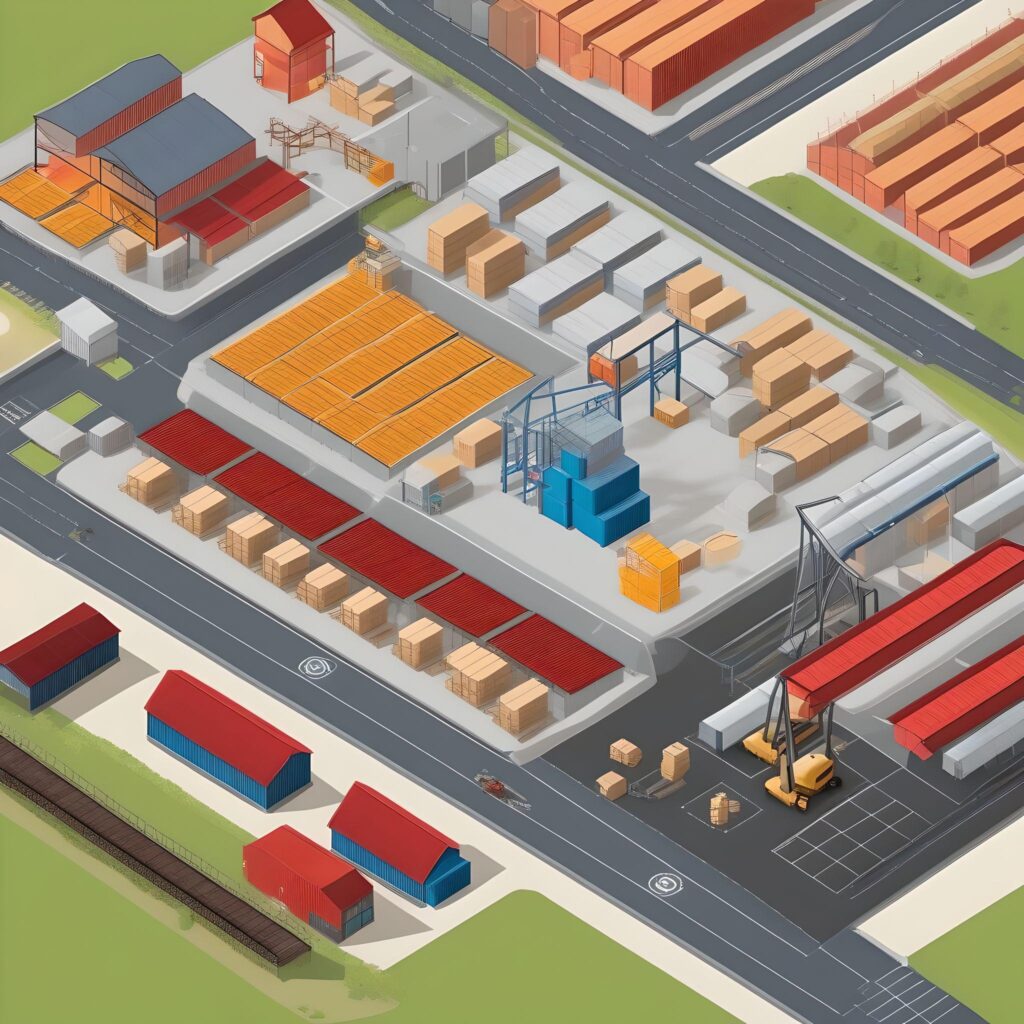
Having these systems despite the type, will add more visibility of inventory levels, enhance performance metrics, empower the business to boost the efficiency of operations, and gain a competitive edge in the market while meeting the customer’s demands.
Furthermore, the inventory control systems serve as a backbone for resource allocation and strategic decision- making process. They accelerate inefficiencies identification, improve alignment of strategies regarding inventory management and stocking levels, with business objectives achieved and sometimes even exceeded.
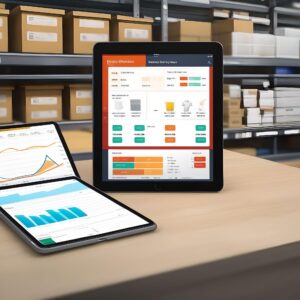
In conclusion, merging the technology with the business using the inventory control systems will give more chances for a business striving to thrive to achieve success in a competitive marketplace. Getting to know which type of these systems suits your business operations best is easy as long as you can recognize the importance and necessity of these systems in optimizing inventory and supply chain operations, driving sustainable growth and creating lasting success.
Lastest Posts
-
How Maplly inventory can transform your billing and invoices processes?
-

Inventory management: Implementing technological solutions to upgrade inventory and warehouse management
-

Inventory Management software’s vital role in improving warehouse management
-

Printing QR Vaults and items labels internally and the independence from third parties positive effect time and cost wise
-

Warehouse management in modern day business: Augment your business with digital inventory management software
